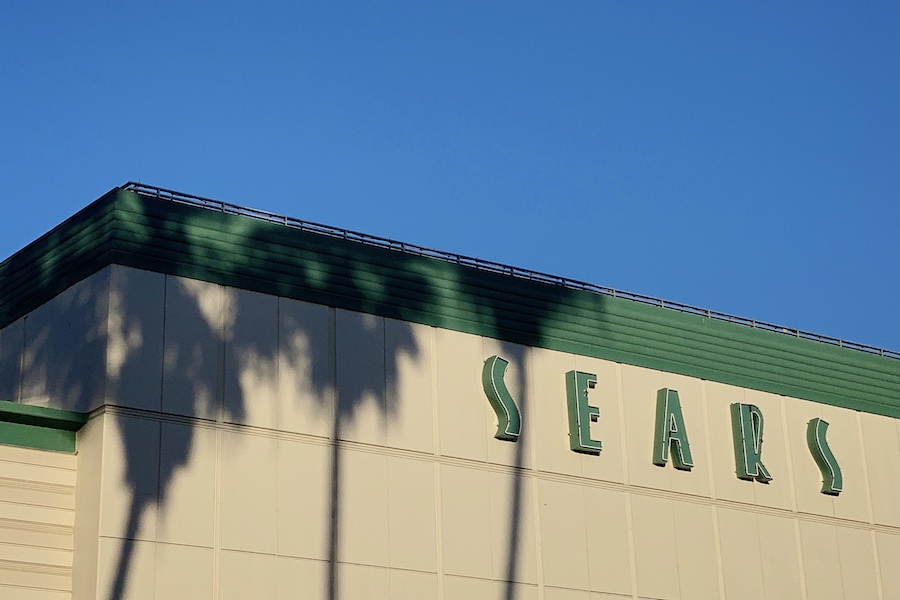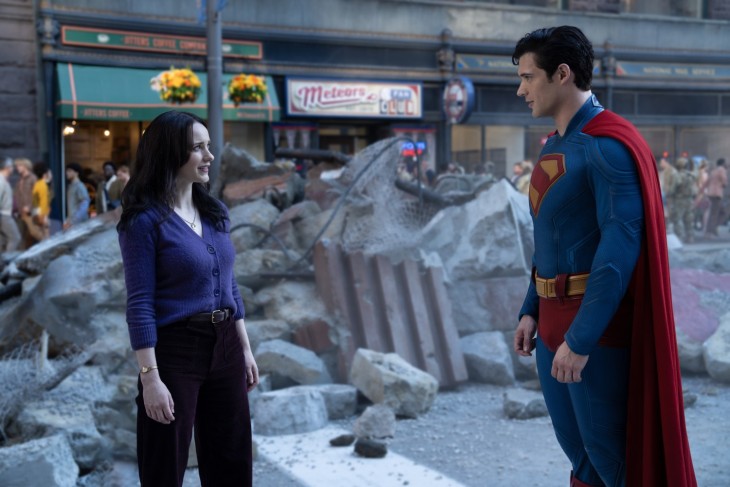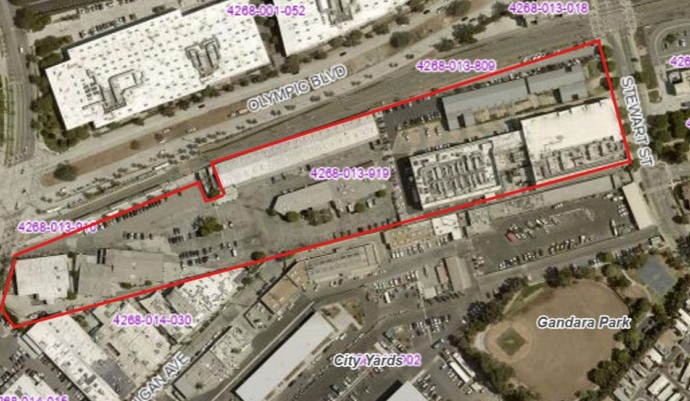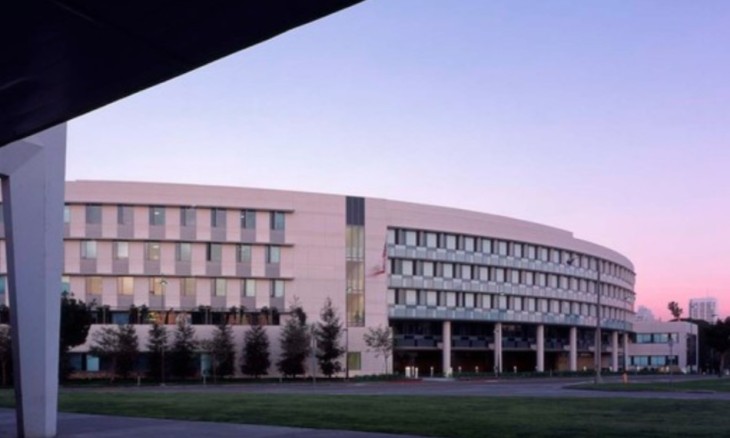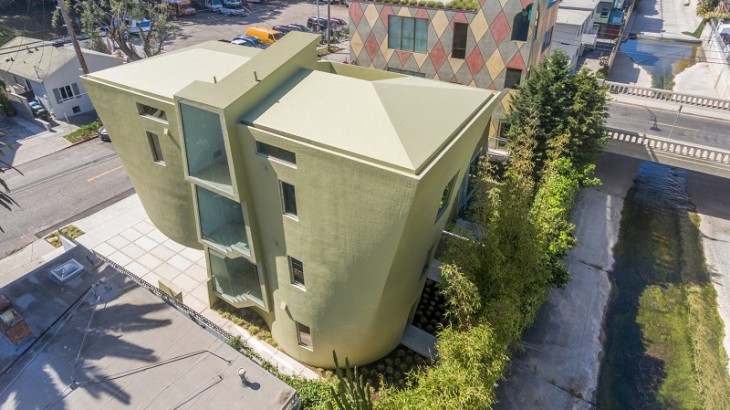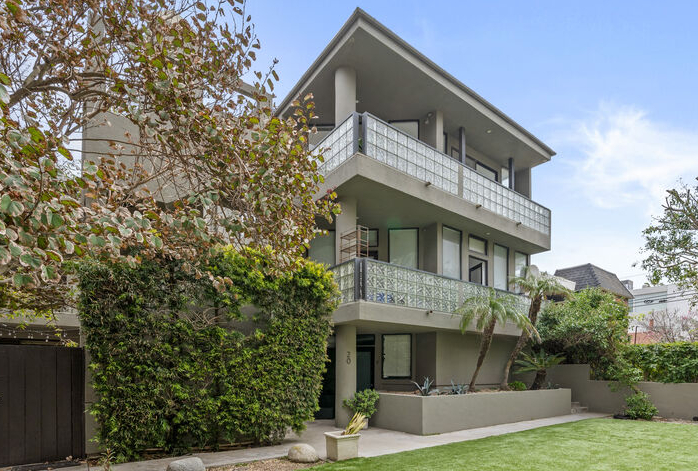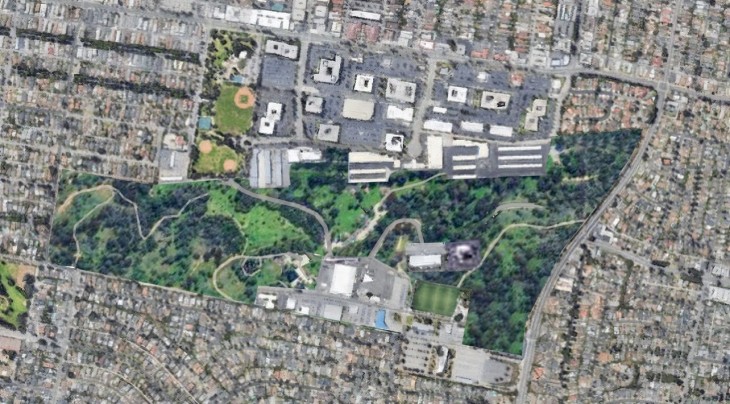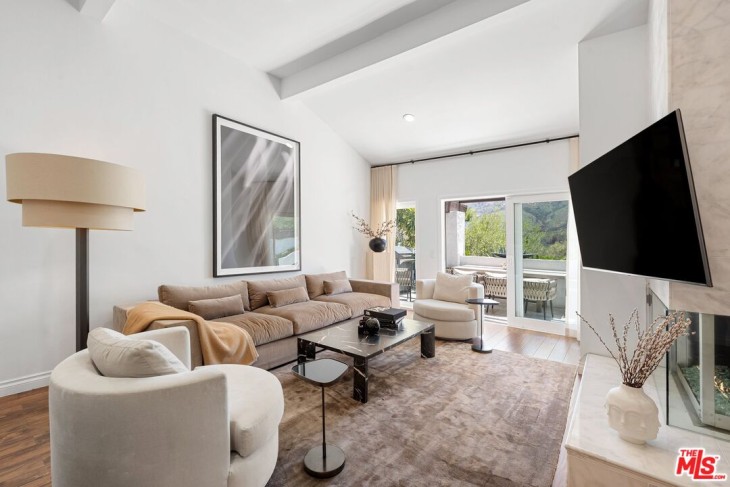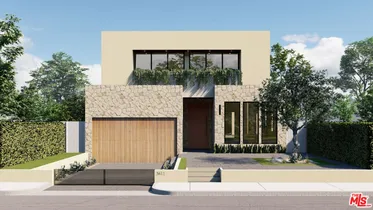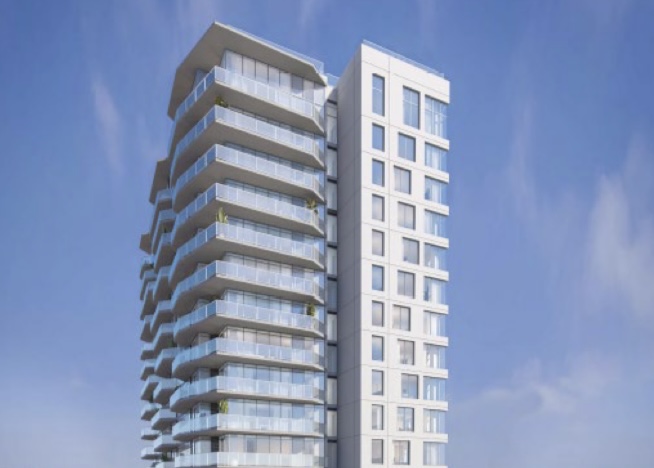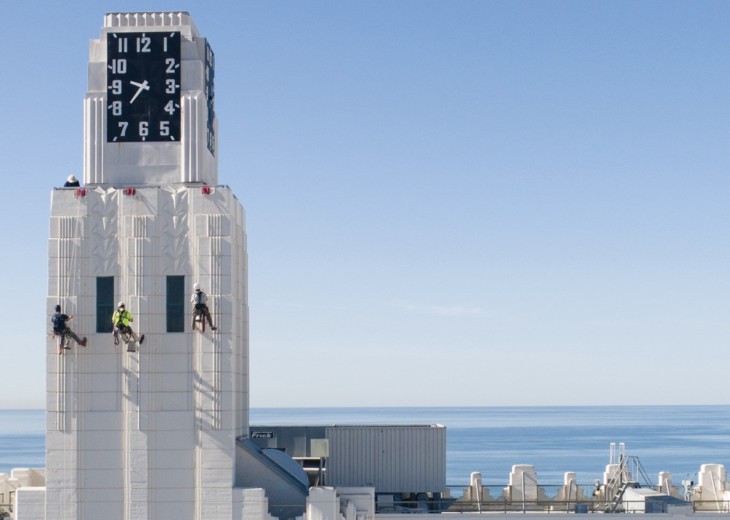
They say that every seven years all the cells in your body renew themselves. Likewise, seven years ago SMart published this article about adaptive reuse which, as is typical of our many topics, is still important and increasingly relevant today. The leverage of adaptive reuse in a ecologically endangered world is even more significant today, so enjoy revisiting this still timely piece from the past:
Just like your body, the urban fabric is continually renewing itself: buildings are continually torn down and new ones erected in their place in response to economic, demographic and political factors. But some parts of your body, such as adult teeth, need to last a lifetime. Likewise certain buildings should last the lifetime of a City. These significant buildings play an outsize role in the City’s history, because of their particular architectural or historical impact. Usually they get landmarked and afforded the highest level of protection. Santa Monica, a City of 51,000 units, has only 110 landmarked structures. If these structures were evenly distributed in the City’s 139 year history there would be less then one landmark worthy structure built every year. It’s fun to guess which of the buildings being built today will be the landmarks of tomorrow?
But there’s another more common and efficient way the urban fabric renews itself and that is to take existing buildings and with minor modifications repurpose them to new uses (e.g. adaptive reuse) avoiding their outright demolition and preserving their presence in the community. This adaptive reuse provides benefits that are shared by residents and developers alike:
The Greenest Building Is the One Not Torn Down
Some estimates say construction waste accounts for 40% of our landfills. But even with the City’s excellent construction waste recycling program, the stream of dumpsters leaving the City every time a building is demolished, inevitably creates an irreducible amount of waste that cannot be recycled. And all new buildings generate 10-15% waste in their “normal” construction. If the amount of “new” construction in an adaptively reused or remodeled building is reduced in relation to new construction, this secondary waste stream is further reduced. Finally every building has “embedded energy” in it such as the energy needed to fabricate materials, the gas needed to bring the workers and materials to the site, the electricity needed to power their tools etc. etc. When a building is completely torn down all that energy is totally wasted since it only appears as residual global warming with no ongoing benefit (and a considerable global penalty). But when a building is adaptively reused much of that embedded energy remains “in” the building to benefit future generations.
Adaptively Reused Buildings Are Quicker to Complete
This is a no brainer. Adaptively reusing a building is quicker than building new particularly since large new buildings often have to provide full subterranean parking with all of its attendant delays and neighborhood disruption. When construction moves quickly, both developers and neighbors benefit.
Adaptive Reuse Is Typically Cheaper Than New Construction
Even with their higher relative cost for seismic reinforcement and energy efficiency upgrades, these older buildings, typically can be repurposed for less cost than starting from scratch. Since the shell of an adaptive reused building remains intact, it is an expense whose replacement is avoided. Often this remodeling work is akin to “putting a ship in a bottle” and may create more skilled jobs per square foot than new construction.
Adaptively Reused Buildings Have More Fans Than New Buildings
Buildings are not just time, money, square feet and kilowatts, there’s always an emotional component. Because these are familiar older buildings: people who have used them often still remember them in their previous incarnation. This familiarity adds an extra dimension or charm to our current experience of them. It takes a long time for a new building to build up all the positive associations and memories, while an adaptively reused building starts with a 30 50 or even 70 year affinity head start. More people will fight to preserve an old building threatened with demolition than a new one.
Fortunately, Santa Monica has many different adaptively reused buildings for its residents to enjoy for example :
• A large private home became a bar and event/banquet hall (The Victorian, 2640 Main St).
• Two large homes became museums (Angels Attic and the California Heritage Museum)
• An airplane hangar became an event venue (Barker Hangar 3021 Airport Avenue)
• A church became a home (2621 2nd Street)
• A googie restaurant became a dental office (The Penguin 1670 Lincoln) and is now a restaurant again
• A car dealer/garage became a restaurant (El Cholo 1025 Wilshire)
• A small shotgun house is becoming a new Preservation Resource Center (2520 2nd Street)
• A 7 story office building is becoming a new hotel (710 Wilshire)
• And our former post office is probably becoming a new office (1248 5th Street)
The list could go on and on. Of course the biggest collection of adaptive reuse in the City is all the buildings on the 3rd Street Promenade and the surrounding downtown area. From this short sample list it’s obvious that practically any building of any size can become another use and still remain a part of the living family of buildings that makes our city such an interesting place. That is the magic of adaptive reuse.
Is every building worthy of adaptive reuse? Of course not. For the best candidates we could start with the 1500 buildings on the City’s Historic Resource Inventory (HRI) list. These buildings have substantial architectural or historical merit, and deserve special attention, yet will probably never rise to the level of being protected by landmarking. The City has done initial research on these buildings and determined they are worthy of future study, And they should be afforded the same modest parking breaks the current code allows for Landmarked buildings. You can see which buildings are on the HRI by checking https://www.smgov.net/Departments/PCD/Historic-Resources-Inventory/.
Finally when you realize the concentration of older industrial buildings in the Memorial Park area and that the vast majority of buildings in our downtown and along the major boulevards are 1 and 2 story (in excess of 75%), the city would do well to establish a policy outlining the circumstance that buildings need or could be maintained profitably by adaptive reuse.
Small incentives would often be enough to push a building from being demolished to adaptive reuse. Even the preservation of a relatively small number of adaptively reused buildings is of tremendous benefit to the architectural experience and soul of our City.
By Mario Fonda-Bonardi for S.M.a.r.t Santa Monica Architects for a Responsible Tomorrow
Thane Roberts, Architect, Robert H. Taylor AIA, Ron Goldman FAIA, Architect, Dan Jansenson, Architect, Building and Fire-Life Safety Commission, Samuel Tolkin Architect, Mario Fonda-Bonardi, AIA, Planning Commissioner,
Marc Verville M.B.A, CPA (Inactive), Michael Jolly, AIR-CRE.
For previous articles see www.santamonicaarch.wordpress.com/writing

